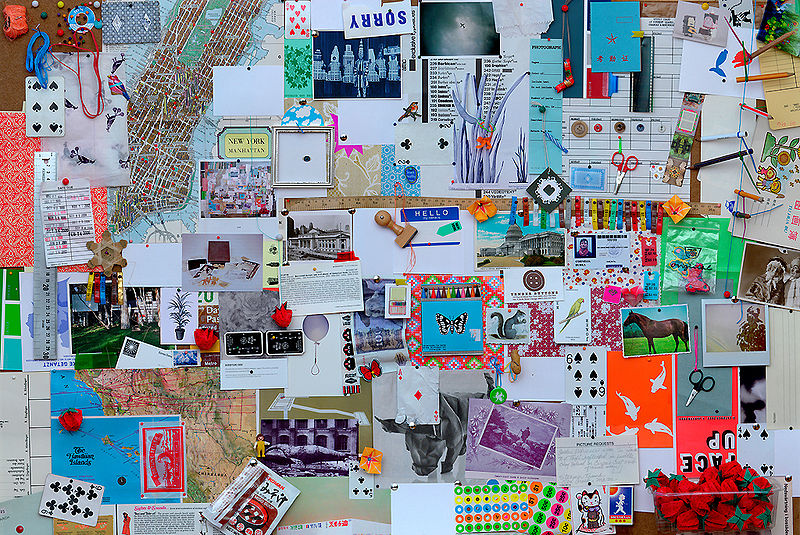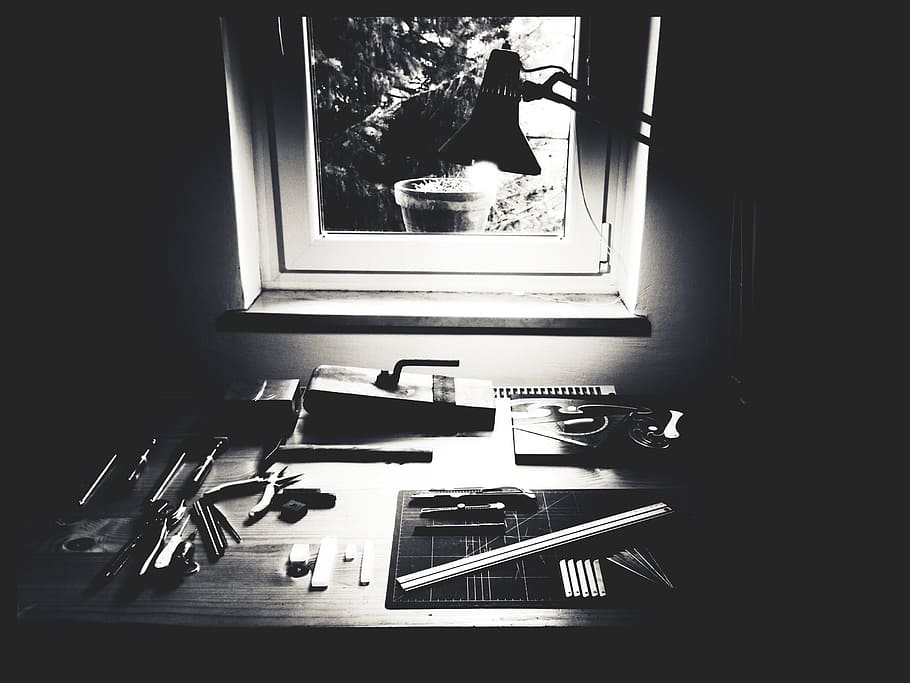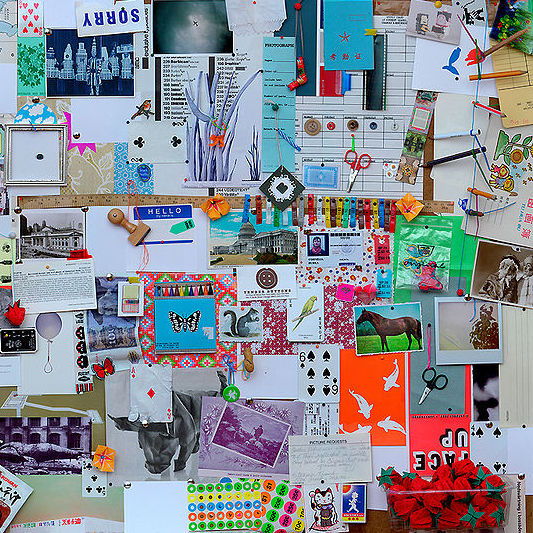
Depending on your year group we are preparing ART PACK materials which make it easier to continue your Art at home.
Follow the guidelines in this post to help you set up a temporary Art studio at home.
- DESK. The most important thing is a desk. This is your main work station. It’s common for art materials to leave marks on tables, so cover it with newspaper, or work on top of a washable surface.
- LIGHT SOURCE: A good work space has good natural light (from a window), and/or a good artificial light (eg a desk lamp).
- MATERIALS: Keep materials organised in a shelf or drawer. It can be good to separate them into ‘dry’ materials (pencils, charcoal, chalk) and ‘wet materials’ (eg paint, ink). Acrylic paints (Y4 and up) can be covered in clingfilm to stop them drying out. Know where cloths and wipes are so you can tidy up after yourself.
- PIN BOARDS are particularly useful for Year 3 upwards. You can stick inspiration images, cutouts, photographs, post-its, drawings. We can provide cardboard for this purpose.
- MESSY AREA: Relevant for some students in IB. This can be space where you can be a little more creative (messy) – old sheets can cover the floor if you are painting; a garage can keep clay cool; a garden provides extra space for ambitious projects.
- COMPUTER ACCESS: It’s good to be close to a computer, but remember wet art materials and electrical items are a dangerous combination
- Remember – acrylic paint is permanent
- Advice from Jackson Art
- Inside 12 Lockdown Studios

Helpful Resources: IB Visual Arts InThinking is a resource we subscribe to; IB students are highly recommended to check out their advice for home learning. ..
Unusual materials: “Mad Materials’: An interesting article on the InThinking IB Visual Arts site
Household materials such as coffee, vinegar, spices, dyes, etc, check this list from Art Prof
PIXLR – free image editing software
